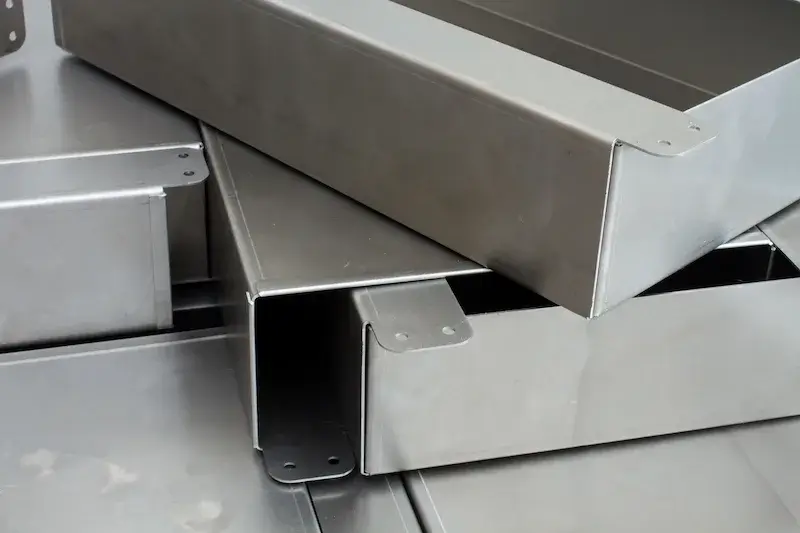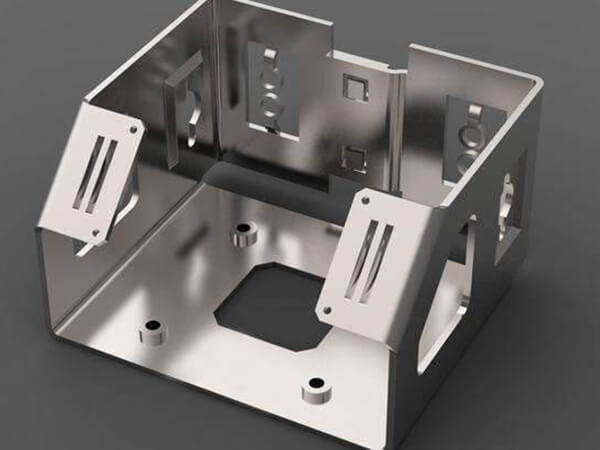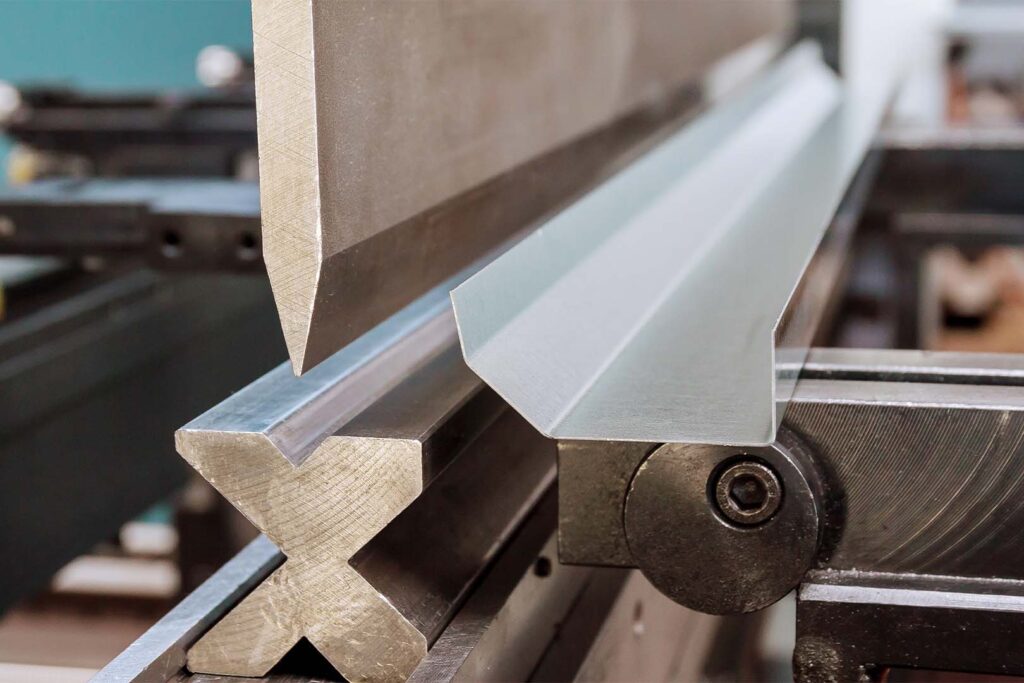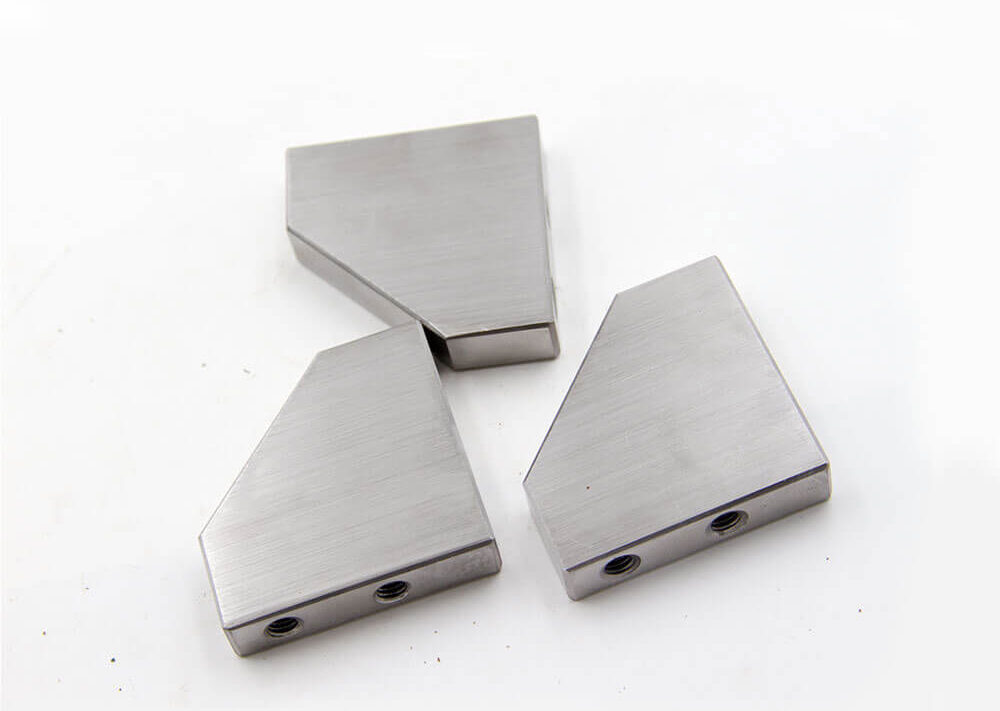The Influence of Grain Size on Sheet Metal Parts
Sheet metal is a widely used material in various industries, including automotive, aerospace, and construction. It is known for its versatility, strength, and ability to be formed into complex shapes. However, the properties of sheet metal can be greatly influenced by its grain size and orientation. In this article, we will explore how grain size and orientation affect sheet metal parts and why it is important to consider these factors in the manufacturing process.
Grain size refers to the size of the individual crystals, or grains, that make up a metal. In sheet metal, the grains are typically elongated and aligned in a specific direction due to the rolling process used to produce the material. The size and orientation of these grains can have a significant impact on the mechanical properties of the sheet metal.

1.Strength of Materials
One of the key factors affected by grain size is the strength of the material. Generally, the smaller the grain size, the higher the strength because the smaller the grains, the greater the barrier to dislocation movement. This means that sheet metal with smaller grains will be able to withstand higher loads and stresses without deforming or failing. On the other hand, the larger the grain size, the lower the strength and the greater the likelihood of deformation.
2.Ductility
Another important property affected by grain size is ductility because ductility refers to the ability of a material to deform under tensile stress without breaking. In sheet metal, ductility is critical because it allows for the forming of complex parts.
In fact, smaller grain size tends to enhance ductility because smaller grains allow for more uniform deformation and prevent local strain concentrations. Conversely, larger grain sizes reduce ductility and increase the likelihood of cracking or tearing during forming.

3.Grain Orientation
Grain orientation, the direction in which the grains are aligned, also plays an important role in the performance of the part. Anisotropy is a term used to describe the directional dependence of a material’s properties. In sheet metal, the rolling process used to produce the material results in a preferential orientation of the grains along the rolling direction.
This anisotropic behavior affects its mechanical properties, such as strength and ductility, in different directions.
For example, a sheet metal with grains parallel to the rolling direction will have higher strength and lower ductility in that direction than perpendicular to it.
This anisotropy can create challenges in the design and manufacture of its parts, as the orientation of the grains must be considered to ensure optimal performance and avoid unexpected failures.

4.In Summary
Grain size and orientation have a significant impact on the performance of sheet metal parts. Smaller grain sizes generally increase strength and ductility, while larger grain sizes reduce strength and ductility. Grain orientation, on the other hand, introduces anisotropic behavior that affects mechanical properties in different directions.
Understanding and considering these factors is critical to the design and manufacture of sheet metal parts to ensure optimal performance and reliability. By controlling grain size and orientation, manufacturers can produce sheet metal parts that meet the specific requirements of their applications and provide superior performance.
